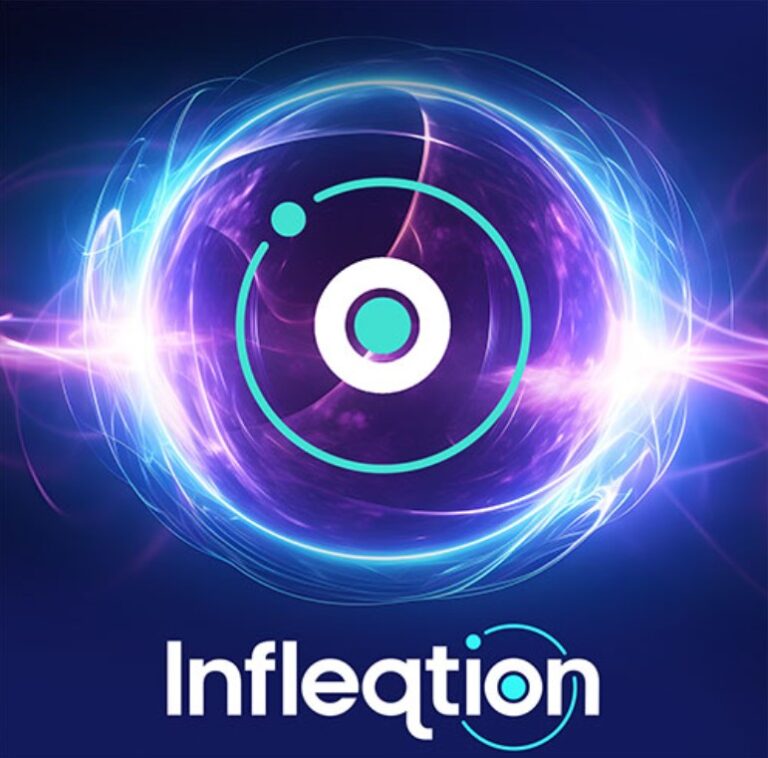Next Steps for U.S. Federal CISOS in Light of NIST’s Post-Quantum Encryption Standardization
What should CISOs be doing to prepare for the risks of quantum computers and to comply with NSM-10 requirements?
What should CISOs be doing to prepare for the risks of quantum computers and to comply with NSM-10 requirements?
Thales has been at the forefront of post-quantum cryptography research since 2013, and the selection of the Falcon algorithm by NIST is great recognition of the excellent co-development work and expertise of our crypto teams
Maybe this will be the new standard method for securing sensitive data and protecting it from malicious cyberattacks, especially those coming from quantum computers?
Quantum-safe cryptography is reckoned to replace modern encryption and safeguard future sensitive data from quantum hacking.
How much progress has D-Wave made with its Leap quantum cloud service? Can you share some adoption numbers for India?
Toshiba has adopted a new approach, inspired by their quantum computing research, that significantly improves the speed, accuracy, and scale of their SBM.
To ready your organization for this, it’s important to understand the quantum threat, the state of post-quantum cryptography, and how to prepare for quantum-safe cryptographic systems and procedures…
PsiQuantum’s team investigated quantum algorithms for simulating effects of the common electrolyte additive, fluoroethylene carbonate.
There is immediate potential for the researchers’ quantum computer design to be used for optimization algorithms, search algorithms and new methods for discovering chemical compounds in the pharmaceutical industry.
Researchers at Lawrence Berkeley National Laboratory’s Advanced Quantum Testbed (AQT) demonstrated that an experimental method known as randomized compiling (RC) can dramatically reduce error rates in quantum algorithms and lead to more accurate and stable quantum computations. No longer just a theoretical concept for quantum computing, the multidisciplinary team’s breakthrough experimental results are published in Physical Review X.




